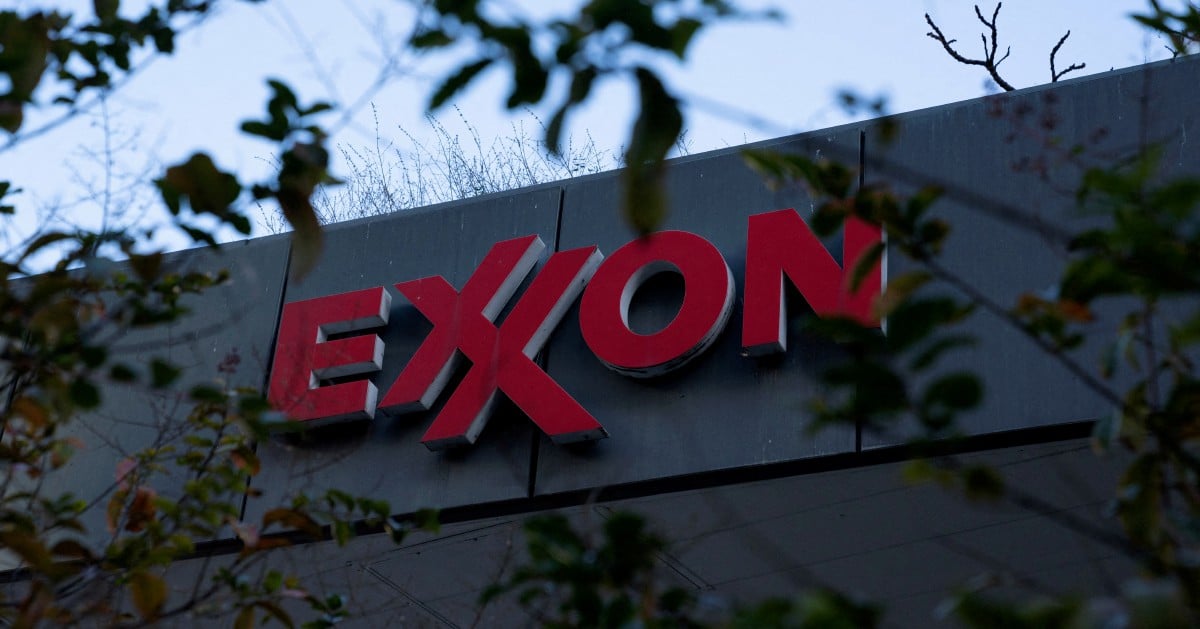Oil prices have oscillated in a relatively narrow range of US$60 to US$70 a barrel in recent months, reflecting both warnings over rising oil supplies as well as concerns about trade wars and geopolitical conflicts.
While this may be a sweet spot for United States President Donald Trump, it is a “no man’s land” for oil producers.
Crude prices hit the low end of this range in mid-October, enabling Trump on Oct 22 to follow through on his threat to slap severe sanctions on Russia’s two oil giants Lukoil and Rosneft, which account for around five per cent of global output.
Trump likely calculated that the escalation of the economic warfare on Moscow would not lead to severe disruption and price spikes since the oil market is today oversupplied.
At the same time, with prices in the current range, the US’ status as the world’s top oil producer remains unchallenged.
The US Energy Information Administration last month boosted its forecasts for 2025 production by 100,000 barrels per day (bpd) to 13.5 million bpd, while also increasing next year’s output forecasts.
Is the US president right to be optimistic that prices will remain rangebound? It depends on who you ask.
The International Energy Agency (IEA) is forecasting a huge oversupply of four million bpd next year, nearly four per cent of global demand, which could crush prices, forcing many producers to scale back output dramatically.
But the world’s energy leaders do not seem overly worried.
At an industry gathering in Abu Dhabi last week, heads of oil trading houses predicted that Brent oil prices would stay within the US$60 to US$70 range next year, with some suggesting that the feared oversupply may not be as large as the IEA predicts.
That is partly because of disagreements about demand. While the IEA expects consumption to grow by 700,000 bpd this year, Organisation of the Petroleum Exporting Countries (Opec) analysts peg growth at nearly double that rate at 1.3 million bpd. China‘s huge stockpiling, for which Beijing does not provide any data, has further confused the demand picture.
Meanwhile, lower visibility into a large portion of the oil market due to expanded use of sanctions-busting tankers to transport Russian, Iranian and Venezuelan oil has also blurred the assessment of supply.
The Opec+ alliance is clearly hedging its bets. It has called for a modest increase in its December production target of 137,000 bpd followed by a pause through the first quarter of next year.
Most Western oil majors are signalling that they don’t expect to see a dramatic shift in prices in the near future.
Many big US shale oil producers, including ExxonMobil, Chevron and ConocoPhillips, plan to continue growing output in the coming years.
Exxon, the largest US oil producer, last month increased its 2025 production forecast in the oil-rich Permian basin by 100,000 barrels of oil equivalent per day (boed) to 1.6 million boed, while maintaining 2027 output at two million boed.
Chevron also grew its Permian output in the third quarter and plans to maintain output at one million boed for years.
These firms have in recent years made deep cost cuts to allow them to generate profits and pay dividends even with crude prices around US$60 a barrel. In fact, oil majors are even signalling they will be able to maintain share repurchases at current prices, though they may need to tap debt markets to do so.
Does this mean that everyone will be happy if prices remain within today’s narrow band? Hardly.
Many Opec producers require oil prices far above the current range in order to balance their national finances. Saudi Arabia’s fiscal break-even stands at US$92 a barrel, according to the International Monetary Fund.
But the current price range is also problematic for the oil market as a whole. Until prices breach the floor of the current range, the supply-demand balance will remain in limbo, at risk of a violent correction if Opec’s optimistic demand forecasts do not pan out.
That’s because swing producers, particularly US shale drillers, will not be forced to sharply scale back production unless prices fall below US$60 per barrel for a significant period of time.
THE WRITER IS FROM REUTERS
The views expressed in this article are the author’s own and do not necessarily reflect those of the New Straits Times
© New Straits Times Press (M) Bhd






